Building the open learning materials of the future
Why is this important?
The idea of moving beyond the textbook has been at the core of the open education movement from the start. Yet experience over the last decade has driven some OER efforts in the opposite direction. Promoting open textbooks that look, feel, and act like traditional books has proved to be a highly successful adoption strategy in certain contexts. These efforts have made essential progress toward expanding the use and adoption of OER. However, the open education movement should remain conscious that the strategy of equating OER with textbooks constrains the imaginations of teachers and learners with regard to what modern, technology-enhanced open learning materials can be.
What is the opportunity?
We have the opportunity to reimagine how a range of media and interactive technologies can enliven and improve learning beyond the static text and images typically associated with textbooks. Moving beyond the textbook means adopting a new way of thinking about learning materials, where they integrate the best of openly licensed text, images, multimedia, and interactive elements that enable practice and immediate feedback. It also means thinking beyond content as a way to deliver information, but also as an educational tool that can promote new forms of pedagogy that involve students as participants.
Moving beyond the textbook will happen at different speeds in different places—and in some contexts is already well underway. For example, in some parts of Europe teachers in schools are already engaging in practices where textbooks are seen as supplementary to rich multimedia resources, rather than the other way around. On the other hand, a self-contained printed textbook may remain the most useful form of learning material in other contexts, such as those with less access to technology. Part of the power of OER is that it can be used in all of these ways.
As the open education movement continues to evolve beyond the textbook in practice, it is important that we collectively communicate at every stage the full vision of what open education can be.
How can you get involved?
- Develop multimedia or interactive learning materials and publish them under open licenses. Consider ways to make them easy for others to integrate into larger collections.
- Talk to educators, students, and others about multimedia and interactive learning materials. Help them understand that these can be integrated into core learning materials, not just bolted on as a supplement.
- Move beyond the language of textbooks, and use a term like learning materials or educational resources instead. Look at ways to make this change in institutional policy and practices, which could help pave the way for adoption of OER.
- Highlight case studies of going beyond the textbook, where educators effectively use multimedia-rich learning resources to benefit students. The OER World Map is a place to start.
